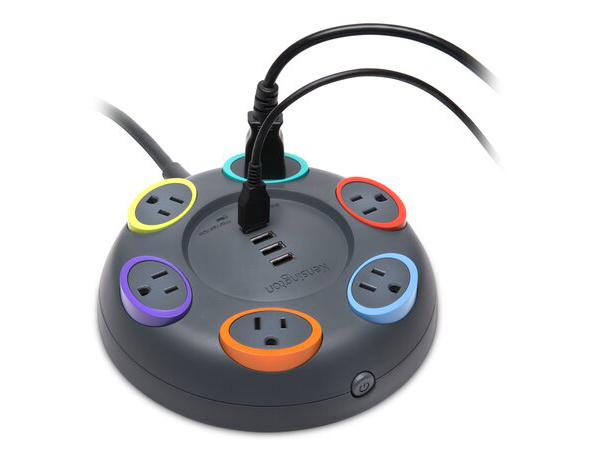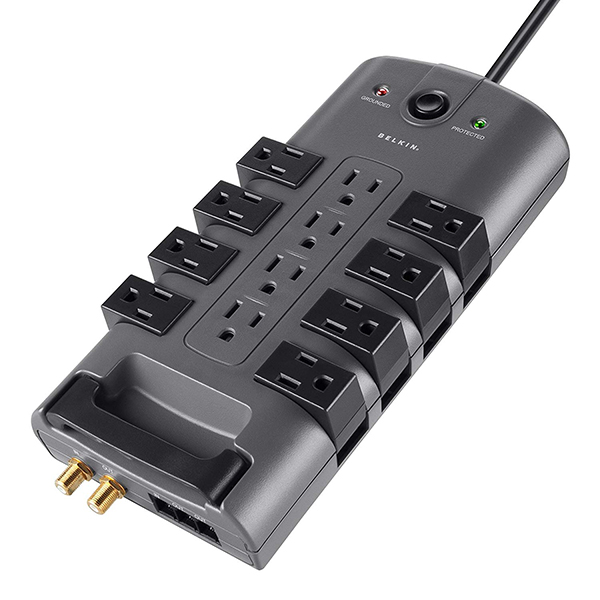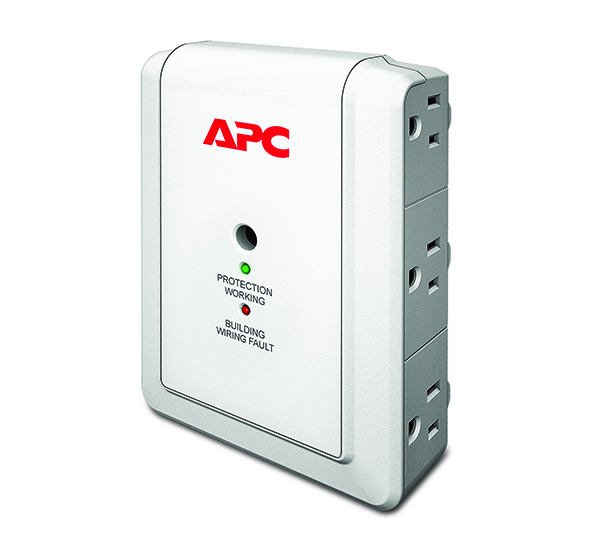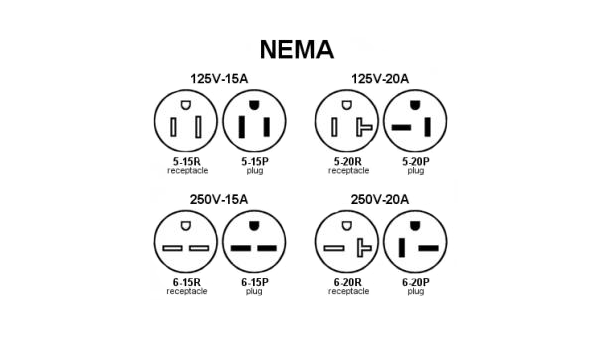Thank you for talking about surge protection. I feel compelled to explain a few things that need clarification. The MOV based surge protection that you write about has several issues that affect the quality of their protection. First- "Joule Rating" is a marketing number. It has no safety nor any performance indications. What is means is a theoretical amount of energy that an MOV system can take before failing. The problem is that this number is only for the first surge. There are on average 1000 surges in a building in a year according to the IEEE. The "Joule Rating" is exponential so each hit makes it worse exponentially. Plus MOVs are a sacrificial technology. They are designed to fail before your equipment does. The higher the Joule rating also means the higher the amount of surge that is allowed to pass prior to activating. But, it is supposed to be the "canary in the coal mine". By this logic, one would rather have a lower "Joule Rating" so the protector would fail before it let surges go to your electronics.
Also - MOV can not act on changes in current. As most power supplies are switch mode, they are not as voltage sensitive as they are current sensitive. MOVs have to wait for the voltage rise to reach a set voltage before activating. This means that your electronics are still being hit with high voltage over time in the lag time before the MOV works.
According to the NFPA, 34% of power supply fires were caused by their surge protectors failing. Did you know that they need to be replaced on a yearly basis in order to make sure you are using a surge protector that is not degraded?
Also, MOVs contaminate the ground line of a building. The MOV diverts the surges to ground which is a back door path into printers, network equipment, and cable modems. That is the only reason they offer network surge protection - to protect you from themselves!!!
I invite the author and the readers to contact me at Zero Surge to learn more about why our series mode technology is better. We work in both current and voltage in real time to constantly protect against surge damage while never degrading. Our product is a one time buy that will extend the life of your electronics giving your peace of mind. Thank you for reading. Jim























































